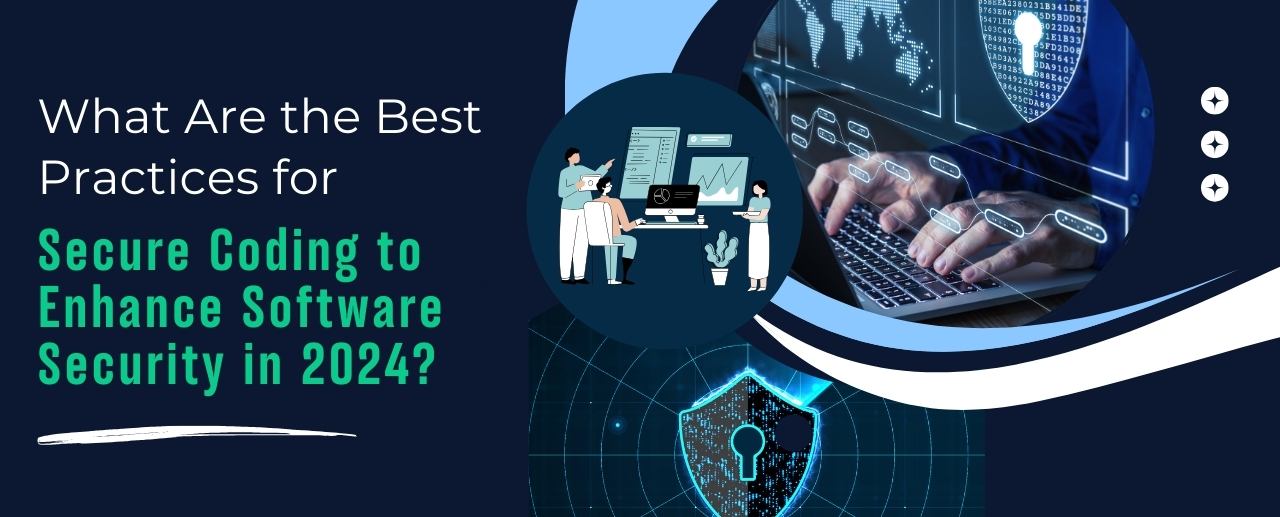What Are the Best Practices for Secure Coding to Enhance Software Security in 2024?

It is important to learn best practices for secure coding as cyber threats have grown increasingly complicated over recent years. We will clarify how using these practices, developers can protect against common vulnerabilities like SQL injection, cross-site scripting, and data breaches, to ultimately strengthen both software and the security of sensitive data.
Implementing secure coding practices can help protect applications and lower the risk and cost of security breaches, highlighting the importance of building strong, secure software systems at the beginning.
Benefits of a Secure Software Development Lifecycle (SDLC)
Improved Security: A secure SDLC fosters a proactive attitude towards security, ensuring applications are built with strong security practices from the beginning of the life cycle helping to ensure robust security measures are built in and all people invested are aware of secure threats.
Cost Efficiency: A secure SDLC, by discovering and mitigating vulnerabilities during preliminary code reviews, aids in minimizing the costs required to fix security issues in the later part of the development cycle.
Regulatory Compliance: A secure SDLC ensures that industry standards like PCI DSS, HIPAA, etc., are adhered to from the very beginning to minimize business risks by identifying potential design flaws.
Popular Secure SDLC Methodologies
Microsoft SDL: A prescriptive approach that provides organizations with detailed guidance on how to integrate security into each phase of their development process to reduce costs and meet regulatory requirements.
OWASP SAMM: Open Web Application Security Project Software Assurance Maturity Model (SAMM) is an open-source, prescriptive model that provides an effective and scalable approach to integrating security into the software development life-cycle (SDLC). It is managed by OWASP and backed by a broad community across multiple industries.
BSIMM: Building Security in Maturity Model (BSIMM) is another approach in contrast to SAMM. BSIMM is descriptive, which comes from observing organizations and documenting best practices that seem to work for those organizations. It provides insights into proven security strategies.
Trends in Software Security in 2024
| Trends | What It Is |
| 1. Automated testing | Finding security issues using tools. |
| 2. AI/ML in security | Using AI to detect threats. |
| 3. Microservices | to build apps as smaller, independent services. |
| 4. Zero-trust | To verify each access request. |
| 5. Shift left security | To focus on early development security. |
| 6. API security | Application interface protection. |
To learn the top best practices for secure coding to enhance Software Security in 2024, see the infographic below, and don’t forget to leave your thoughts in the comments.

